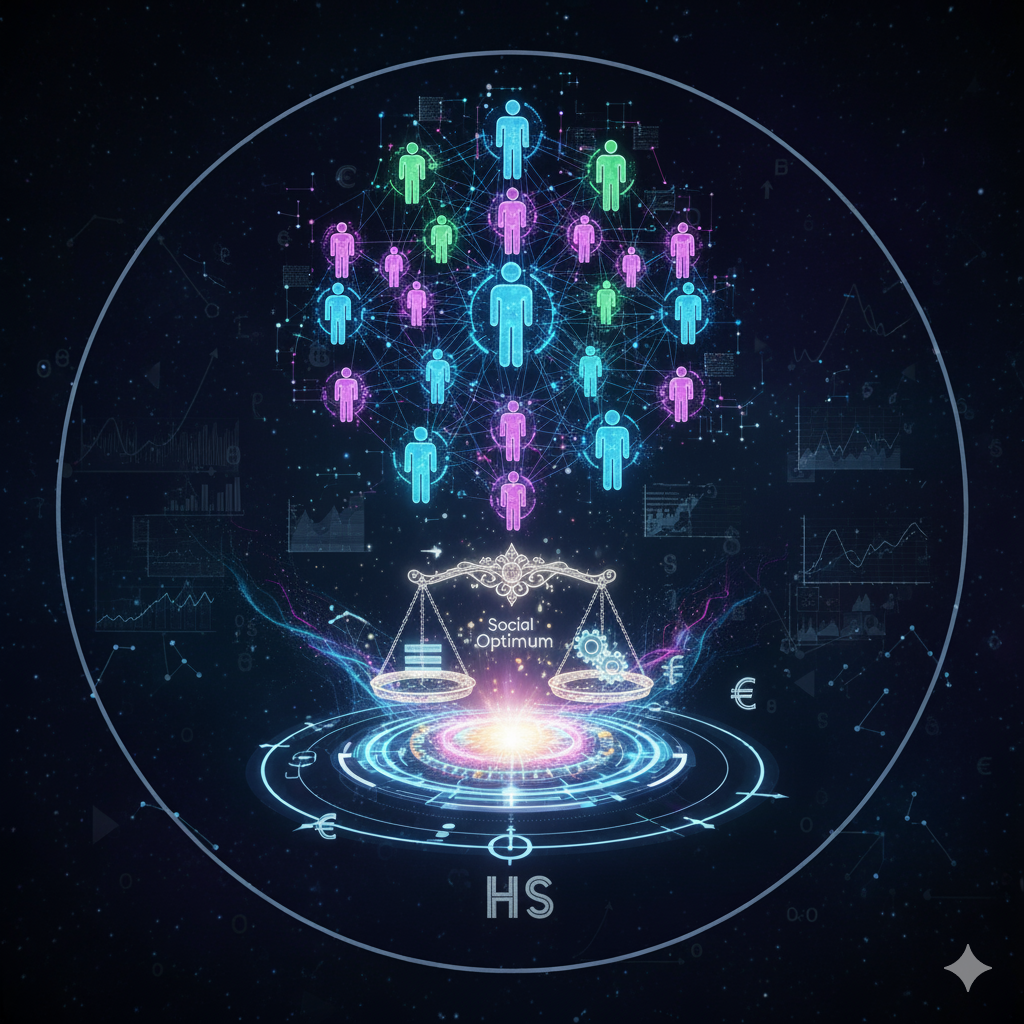Introduction
Sustainable Development Goals (SDGs) are a global initiative launched by the United Nations (UN) to address pressing challenges such as poverty, inequality, climate change, and environmental degradation. The SDGs were adopted in 2015 as part of the UN’s 2030 Agenda for Sustainable Development, comprising 17 goals with 169 targets. These goals serve as a roadmap for achieving a sustainable, equitable, and prosperous future for all.
In this article, we will explore the concept of Sustainable Development Goal – 2030, its significance, and the relevance of different agendas associated with it.
Understanding Sustainable Development Goal – 2030
The Sustainable Development Goals (SDGs) are a continuation and expansion of the Millennium Development Goals (MDGs) (2000–2015). Unlike MDGs, which primarily focused on developing nations, SDGs apply to all countries, promoting a holistic approach to sustainable development. The primary objectives of SDG-2030 include:
- Eradicating poverty and hunger
- Ensuring quality education and healthcare
- Promoting gender equality and social justice
- Encouraging economic growth and innovation
- Protecting the environment and combating climate change
These goals emphasize a balance between economic growth, social inclusion, and environmental sustainability, ensuring that future generations inherit a livable planet.
Relevance of Different Agendas Associated with SDG-2030
The 17 SDGs cover a wide range of development aspects, each addressing critical global issues. Here’s a breakdown of the most significant agendas associated with SDG-2030 and their relevance:
1. No Poverty (SDG 1)
Relevance
- Poverty eradication is the foundation of sustainable development.
- Economic inclusion through job creation, financial services, and social protection schemes ensures a decent standard of living.
- Reducing income inequality promotes economic stability and growth.
2. Zero Hunger (SDG 2)
Relevance
- Food security ensures a healthy and productive population.
- Sustainable agricultural practices reduce environmental degradation.
- Investment in small-scale farming strengthens rural economies and improves global food supply chains.
3. Good Health and Well-being (SDG 3)
Relevance
- Access to quality healthcare reduces mortality rates and enhances life expectancy.
- Universal health coverage prevents pandemics and ensures disease control.
- Mental health awareness and research contribute to overall well-being.
4. Quality Education (SDG 4)
Relevance
- Education empowers individuals and fosters economic growth.
- Skill development prepares youth for future job markets.
- Digital learning bridges the education gap between urban and rural areas.
5. Gender Equality (SDG 5)
Relevance
- Equal opportunities for women enhance economic productivity.
- Women’s participation in leadership roles leads to more balanced policymaking.
- Eliminating gender-based violence ensures safer societies.
6. Clean Water and Sanitation (SDG 6)
Relevance
- Safe drinking water and sanitation prevent waterborne diseases.
- Sustainable water management supports agriculture and industry.
- Conservation of freshwater ecosystems maintains biodiversity.
7. Affordable and Clean Energy (SDG 7)
Relevance
- Transitioning to renewable energy reduces carbon emissions.
- Energy accessibility drives industrialization and economic progress.
- Sustainable energy solutions contribute to climate resilience.
8. Decent Work and Economic Growth (SDG 8)
Relevance
- Fair wages and safe working conditions reduce labor exploitation.
- Entrepreneurship and innovation stimulate economic progress.
- Sustainable tourism creates employment without harming the environment.
9. Industry, Innovation, and Infrastructure (SDG 9)
Relevance
- Technological advancements drive economic transformation.
- Sustainable industrial practices reduce environmental impact.
- Improved infrastructure enhances connectivity and trade.
10. Reduced Inequality (SDG 10)
Relevance
- Closing wealth gaps promotes social cohesion.
- Equal rights and opportunities strengthen democracies.
- Inclusive policies prevent discrimination against marginalized communities.
11. Sustainable Cities and Communities (SDG 11)
Relevance
- Urban planning enhances living conditions.
- Sustainable transportation systems reduce pollution.
- Green spaces improve mental and physical well-being.
12. Responsible Consumption and Production (SDG 12)
Relevance
- Circular economy minimizes waste and conserves resources.
- Sustainable business models promote ethical production.
- Consumer awareness leads to environmentally friendly choices.
13. Climate Action (SDG 13)
Relevance
- Reducing carbon emissions mitigates global warming.
- Disaster resilience prepares communities for climate crises.
- International cooperation is crucial in tackling climate change.
14. Life Below Water (SDG 14)
Relevance
- Ocean conservation sustains marine biodiversity.
- Reducing plastic pollution protects aquatic life.
- Sustainable fishing prevents overexploitation of resources.
15. Life on Land (SDG 15)
Relevance
- Reforestation combats deforestation and soil erosion.
- Protecting endangered species maintains ecological balance.
- Sustainable land use prevents desertification and habitat destruction.
16. Peace, Justice, and Strong Institutions (SDG 16)
Relevance
- Transparent governance ensures justice for all.
- Anti-corruption measures strengthen institutions.
- Protecting human rights fosters peaceful societies.
17. Partnerships for the Goals (SDG 17)
Relevance
- International cooperation accelerates SDG implementation.
- Financial assistance aids developing nations.
- Knowledge sharing and technology transfer enhance global progress.
Challenges in Achieving SDG-2030
While the SDGs present a transformative vision, several challenges hinder their achievement:
1. Financial Constraints
- Developing nations struggle with funding large-scale sustainable projects.
- Global economic disparities make resource allocation difficult.
2. Political and Institutional Barriers
- Corruption and weak governance slow down SDG implementation.
- Conflicts and geopolitical tensions divert attention from development goals.
3. Climate Change and Environmental Degradation
- Rising global temperatures threaten food and water security.
- Natural disasters disrupt economies and displace communities.
4. Technological Gaps
- Limited access to digital tools in developing nations slows progress.
- Innovation must align with sustainability goals to prevent environmental harm.
Way Forward: Strategies to Achieve SDG-2030
To overcome these challenges, global efforts must focus on:
1. Strengthening Public-Private Partnerships
- Corporations should integrate sustainability into business models.
- Governments must provide incentives for sustainable investments.
2. Enhancing Global Cooperation
- Developed nations must support developing countries through financial aid.
- Knowledge and technology sharing can accelerate progress.
3. Promoting Grassroots Initiatives
- Local communities should be involved in decision-making processes.
- Awareness campaigns can encourage public participation in sustainability.
4. Leveraging Technology for Development
- AI, IoT, and blockchain can enhance transparency in SDG tracking.
- Digital education platforms can bridge learning gaps.
Conclusion
The Sustainable Development Goals – 2030 present a comprehensive strategy for creating a better world. By addressing economic, social, and environmental challenges collectively, SDGs aim to achieve long-term global prosperity. However, their success depends on collective action from governments, businesses, and individuals. The journey towards sustainable development is complex, but with the right policies, technological innovations, and global partnerships, a better future is achievable for all.




